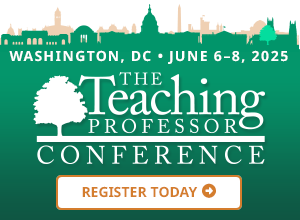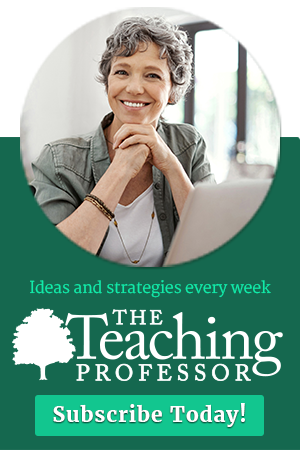Choosing Appropriate Distance Learning Tools
Faculty need to consider learning objectives, learning styles, accessibility, cost, and available technical support when designing distance learning courses, says Laurie Hillstock, manager of distance learning at Clemson University.
Hillstock works with faculty to develop satellite, CD-ROM, and Web-based courses using a design model that is roughly 80 percent asynchronous and 20 synchronous. Within this model, instructors can…




